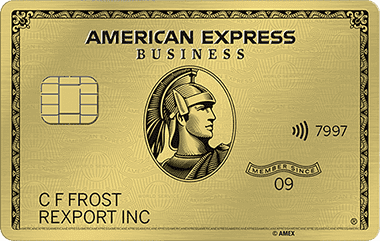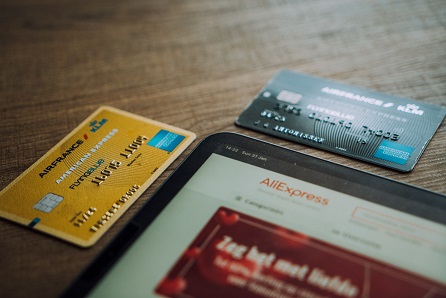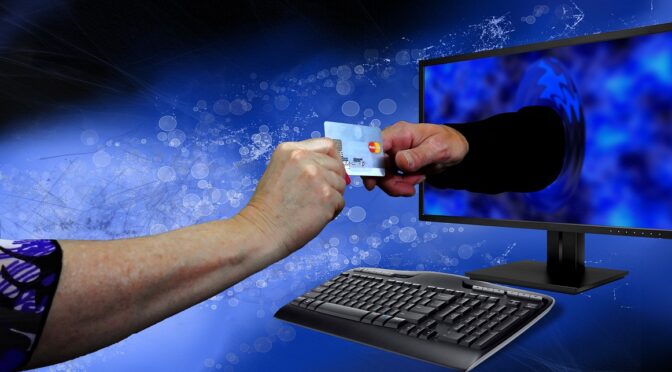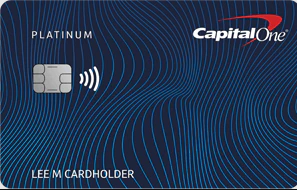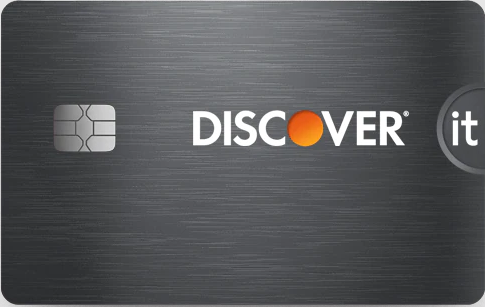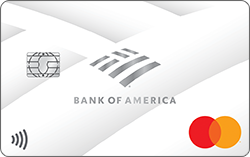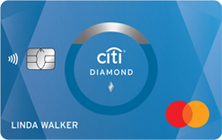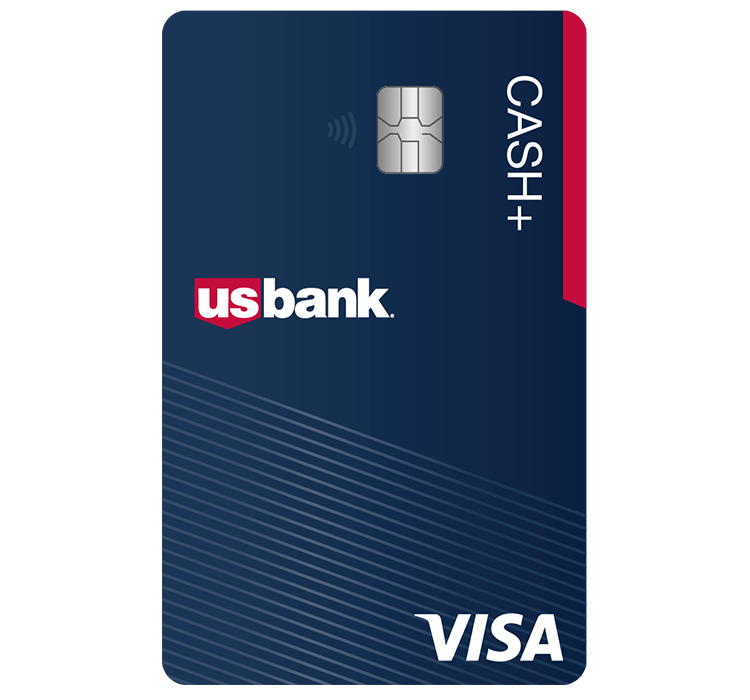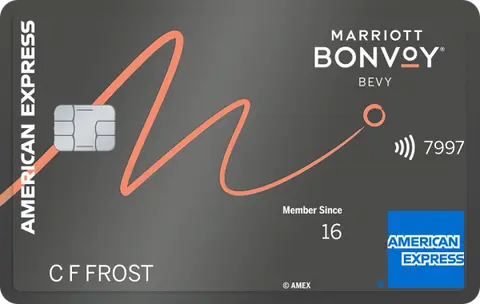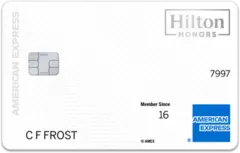Rewards cards offer cash back in the form of a statement credit, direct deposit, or check. Some reward cards offer points instead of actual cash. The best rewards credit cards for a card member will depend on their spending habits. Card members can redeem these points across online shopping portals or in the form of air miles. These cash backs or reward points can vary from card to card but it could be 1% to 10% of the purchases made on the credit card.
Some people shop a lot online, whereas some people spend more on travel. Banks introduce new cards in the market depending on the shopping habit of members. These cards aim to maximize rewards for a particular customer profile. For more details about hotel-related rewards see our post on the best hotel co-branded credit cards.
Important things to consider when applying for best rewards credit cards
Here are some things to consider when choosing a rewards credit card:
1. Earning potential
Look for a credit card that offers a high earning potential. For example, if you travel, a credit card that offers bonus rewards on travel purchases may be a good choice.
2. Redemption options
Consider the types of rewards that you value most. Choose a credit card that offers those rewards. Some credit cards offer cash back, while others offer points or miles. Card members can redeem these points or miles for travel, merchandise, or gift cards. Some credit cards offer statement credit which can be set off against purchases.
3. Annual fees
Some reward credit cards come with annual fees, which can eat into the value of your rewards. Consider whether the benefits of the credit card justify the annual fee, or if you would be better off with a card that doesn’t have an annual fee.
4. Bonus offers
Many credit cards offer sign-up bonuses or other promotional offers. Be sure to compare the value of these offers when choosing a credit card.
5. Flexibility
Look for a credit card that offers flexibility in how you can redeem your rewards. Some credit cards allow you to transfer points to airline or hotel loyalty programs. Some cards offer straight-up cashback in form of direct deposit.
List of best rewards credit cards
So without further adieu let’s dive deep into the review of the best rewards credit card available in the market today.
#1 Card Name: Chase Freedom Flex Credit Card

Fees: $0 in joining and annual fees
Rewards: 5% cash back on purchases from grocery stores, gas stations, and select online merchants. 5% cash back on travel purchased through Chase Ultimate Rewards
APR: 0% introductory APR for 15 months on balance transfer and purchases, 18.74% – 27.49% variable APR is applicable after that
Our Rating: 4 / 5
Pros and Cons of this Card: Chase Freedom Flex Card offers a $200 bonus on a spend of $500 in the first three months of the card approval. This card offers great rewards on everyday purchases like groceries, gas, and online merchants. It also offers 5% cash back on travel through Chase Ultimate Rewards. This card also offers a 3% cash back on dining at restaurants and drugstore purchases. For the other purchases, there is a cashback of 1%. Cash back never expires on this card. This card also offers Zero Liability protection and purchase protection. Other additional offers and benefits are available from Mastercard.
#2 Card Name: Quicksilver from Capital One

Fees: $0 in joining and annual fees, a 3% fee on the balance transfer, and $0 foreign transaction fees
Rewards: 1.5% unlimited cash back on every purchase. A sign-on cash bonus of $200 once a card member spends $500 within 3 months of opening the new credit card account
APR : 0% introductory APR for 15 months on balance transfer and purchases, 17.99% – 27.99% variable APR is applicable after that
Our Rating: 4 / 5
Pros and Cons of this Card: Quicksilver card from Capital One offers a $200 bonus on a spend of $500 in the first three months of the card approval. This card offers an unlimited 1.5% cash back on every purchase. What we love about this card is its simplicity. This credit card offers cash back on all purchases without any riders. This card also offers a complimentary 6 months of UberOne membership. This card also offers unlimited 5% cash back on hotels and rental cars booked through Capital One Travel. Customers of this card also get access to exclusive members-only entertainment events and reservations at award-winning restaurants.
#3 Card Name: Virginia Credit Union (VACU) Cash Rewards Mastercard Credit Card
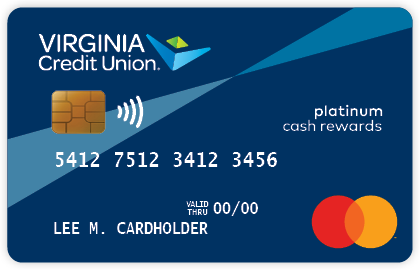
Fee: $0 in annual renewal fees, foreign transaction fees, cash advances, or balance transfer fees
Rewards: 3% cash back on gas, 2% back on groceries and restaurants, and 1% on other purchases
APR: 1.99% for 18 months for all new VACU Mastercard after that a regular APR after the Introductory period of 14.74% – 25.74%
Our Rating: 3 / 5
Pros and Cons of this card: VACU Mastercard is an excellent choice for a balance transfer card. It offers an introductory rate of 1.99% for 18 months for all new credit card accounts. The credit card applies no joining, cash advance, balance transfer, or annual fees. This is one of the cheapest cards with great cashback.
#4 Card Name: SavorOne Rewards from Capital One

Fee: $0 annual or foreign transaction fee, 3% fee on the amount transferred in the first 15 months of card issuance
Rewards: Unlimited 3% cash back on entertainment, dining, streaming services & grocery stores purchases
APR: 0% intro APR for purchases and balance transfer for the first 15 months and Regular APR after the Introductory period to 17.99% – 27.99% variable
Our Rating: 5 / 5
Pros and Cons of this card: Savor One credit card from Capital one offers excellent rewards. This credit card offers a $200 cash bonus to customers if they spend $500 in the first 3 months. This card also offers 5% unlimited cash back on travel bookings. Card members can use Capital One Travel to book hotels and taxis to avail of this offer. This card also offers 8% cash back on Capital One Entertainment purchases. Capital One Entertainment is an exclusive service for Capital One customers. Customers have the option to redeem their cash back on Amazon.com or millions of online stores when checking out through PayPal payment. Finally, this credit card also offers an Uber One membership with 10% rewards on reservations using the card on Uber or Uber Eats.
#5 Card Name: Discover It Cash Back Credit Card
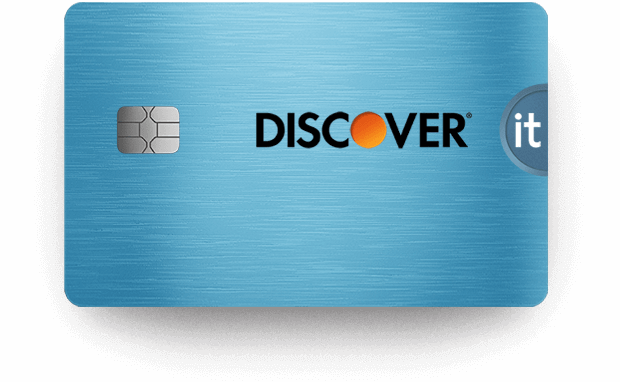
Fee: Annual fee of $0 and a 3% introductory balance transfer fee which increases to 5% of the balance transfer fee
Rewards: 5% cash back on purchases like amazon.com grocery stores, restaurants and gas stations up to a maximum of $1500
APR: 0% introductory APR for the first 15 months of the credit card opening and 15.74% to 26.74% Standard Variable Purchase APR after the Intro
Our Rating: 4 /5
Pros and Cons of this card: Discover It Cash Back Credit card offers a great reward choice. Firstly, this credit card offers a 5% cash back each quarter on a selection of services. One quarter could be on Amazon.com or another could be on Pharmacies. Card members can visit the Discover website to know the applicable offers. The most compelling offer on this card is a 100% cashback match for the first year. Ultimately, this unlimited cashback matching makes this card one of the best available rewards cards.
#6 Card Name: American Express Gold Card
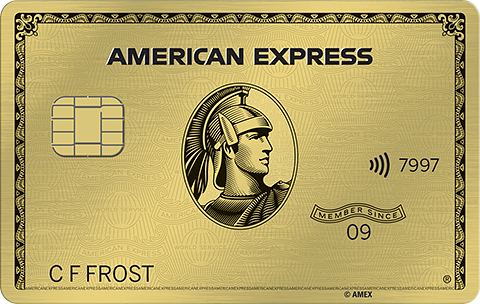
Fee: Annual fee of $250 and a 3% introductory balance transfer fee which increases to 5% of the balance transfer fee
Rewards: 60,000 membership rewards points on spend of $4,000 on purchases in the first 6 months of issuing a new card
APR: 20.24% – 27.24% variable APR
Our Rating: 4 / 5
Pros and Cons of this card: American Express offers some of the best rewards to cardholders. This card offers a monthly $10 dining credit in selected dining outlets. On adding Gold Card to the Uber account a user gets $10 Uber Cash each month. This card also offers 4x rewards points at worldwide restaurants, delivery and takeout orders in the US, and on groceries. Card members also get 3x rewards points on flights booked directly with airlines or Amex travels. American Express also offers other features and rewards for travel, car, and insurance as part of their package. See the details on the Amex Website for complete details.
Finally, the main drawback of this card is the high annual fee of $250. This card also has a high APR compared to other credit cards.
#7 Card Name: Wells Fargo Autograph Card

Fee: $0 of the Annual fee of $250 and a 3% introductory balance transfer fee which increases to 5% of the balance transfer fee
Rewards: 30,000 bonus points (which are worth $300) for a new card. These points accrue on spending $1,500 in purchases in the first 3 months of the new card issuance. Card members earn unlimited 3x points on spend on the following categories. The categories are restaurants, travel, gas, transit, streaming services, and phone plans.
APR: 0% intro APR for 12 months and 19.24% – 29.24% variable APR after that
Our Rating: 3 / 5
Pros and Cons of this card: Wells Fargo Autograph Card offers good rewards in form of bonus points on sign-on. This card also offers 3x points on purchases of groceries and other common purchases. This card help customers redeem their rewards points on travel, gift cards, or a statement credit.
#8 Card Name: Chase Sapphire Preferred Card

Fee: Annual fee of $95 and a 3% introductory balance transfer fee which increases to 5% of the balance transfer fee
Rewards: 60,000 bonus points after the card member spends $4,000 on purchases in the first 3 months of the new card opening. These bonus points are worth $750 when redeemed for travel through Chase Ultimate Rewards.
APR: 20.24% – 27.24% variable APR
Our Rating: 4 / 5
Pros and Cons of this card: Chase Sapphire Preferred Card offers rewards to the card member. The card offers $50 statement credits every anniversary year for hotel stays purchased through Chase Ultimate Rewards. This card also offers 5x total points on all travel purchased through Chase Ultimate Rewards. Card members can also earn 2x points on airfare, hotel booking, and taxis. Card members can earn 3x points on eligible online grocery purchases and on dining and takeout from restaurants.
The best part about this credit card is the bonus anniversary points. Each anniversary year the card member is eligible for 10% of bonus points of the total spent in the last year. If a customer made a purchase of $10,000 in a year, they are eligible for 1,000 bonus points. This card offers discounts or membership benefits from several other companies like Doordash, Instacart, Lyft, etc.
#9 Card Name: Bank of America Unlimited Cash Rewards
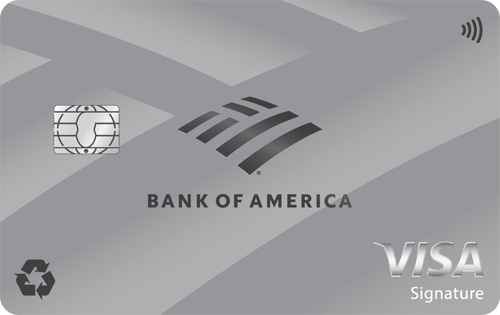
Fee: $0 Annual fee of $95 and a 3% or $10 balance transfer or cash advance fees
Rewards: $200 online bonus after making at least $1,000 in purchases in the first 3 months of new credit card opening. Unlimited 1.5% cash back on all purchases.
APR: 0% APR offers for 18 months and then a variable APR of 17.74% – 27.74%
Our Rating: 4 / 5
Pros and Cons of this card: Unlimited cash reward credit cards from Bank of America offer unlimited 1.5% cash back on all purchases. This is again a very simple card with no specific limits or specific service on which the rewards are applicable. The cash backs do not expire and there is no limit. If a customer is a Preferred Program member of Bank of America, then they will qualify for a higher tier of rewards.
#10 Card Name: Citi Double Cash Credit Card
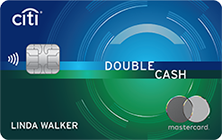
Fee: $0 Annual fee
Rewards: 2% of cash back on purchases (1% on the purchases and 1% on the payment of dues).
APR: 20.24% – 27.24% variable APR
Our Rating: 3 / 5
Pros and Cons of this card: Citi Double credit card offers cashback in 2 tranches. This credit card offers 1% cash back on purchase of the goods or services. Another 1% of cashback is offered on the payment of the minimum dues on time. The cashback is in the form of points. These points can be redeemed for statement credit, direct deposit, or check. Customers also have the option to redeem points on travel, amazon, or other shopping websites


